How to Know Your Skin Type
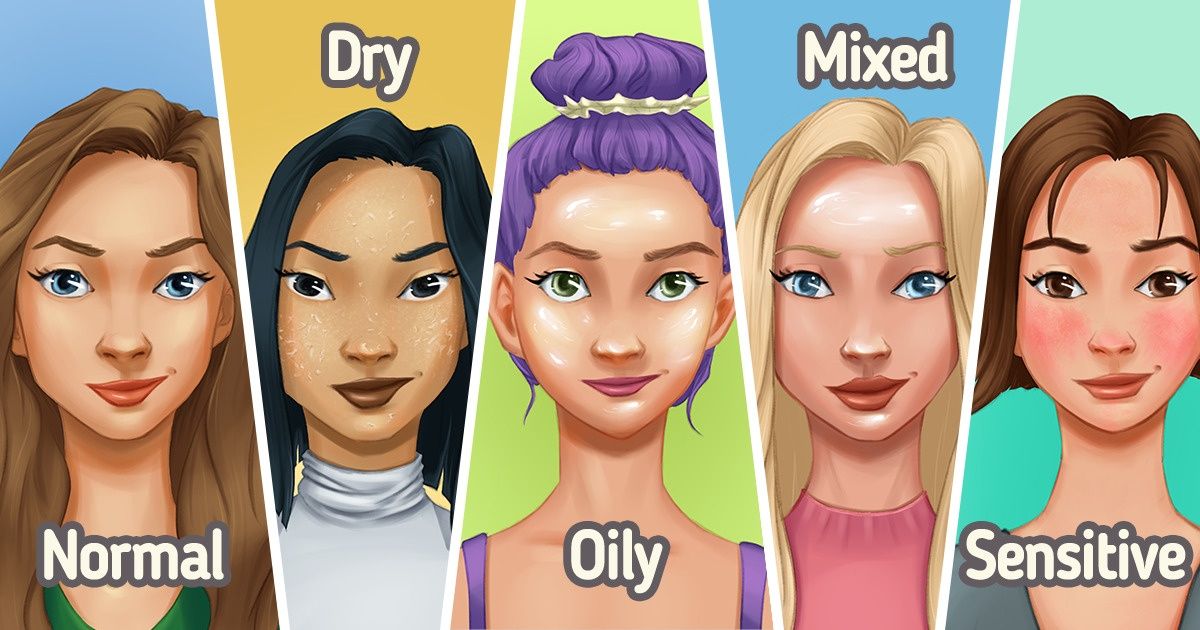
Not all skin types are the same, nor do they have the same needs. In order to maintain a healthy and glowing appearance, you need to learn how to identify your skin type and then treat it accordingly. This is the only way you can really take care of it properly.
5-Minute Crafts will show what the different skin types are and how to treat them all. At the end of the article, there’s also a bonus that shows you some tests you can do at home to identify your skin type.
Normal skin

If when you look at yourself in the mirror, you see smooth, firm yet flexible skin with good blood circulation, small pores, and a pinkish hue, then it’s very likely that your skin type is what’s often referred to as normal. To make sure it always stays healthy, hydration and protection are key.
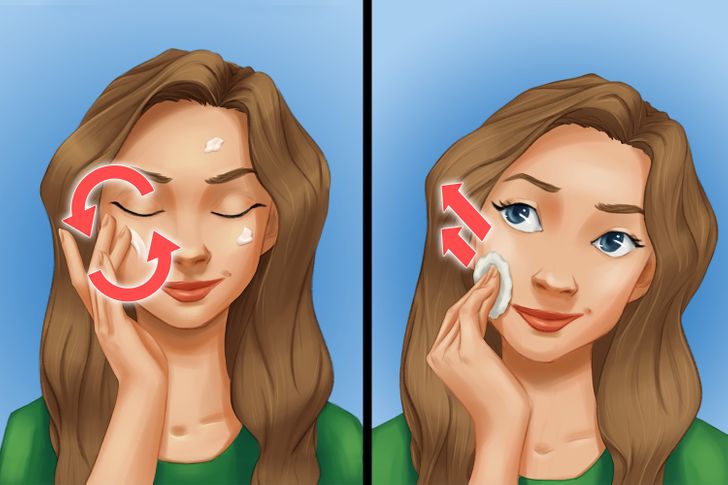
Tips for taking care of normal skin:
- Keep it moisturized by applying a cream designed for normal skin.
- Apply the facial cream with gentle massaging motions to stimulate blood circulation at all times.
- Exfoliate your skin once or twice a week with a gentle product to get rid of dead skin cells and impurities that might affect your skin.
Dry skin

If your skin feels rough and flaky to the touch, then you are likely suffering from dry skin. Most often, this happens because of a lack of hydration and lipids (oil). This type of skin is often tight and tends to become itchy, especially in climates that are also dry. That’s why it’s said that it’s also sensitive to external agents, such as temperature and wind.
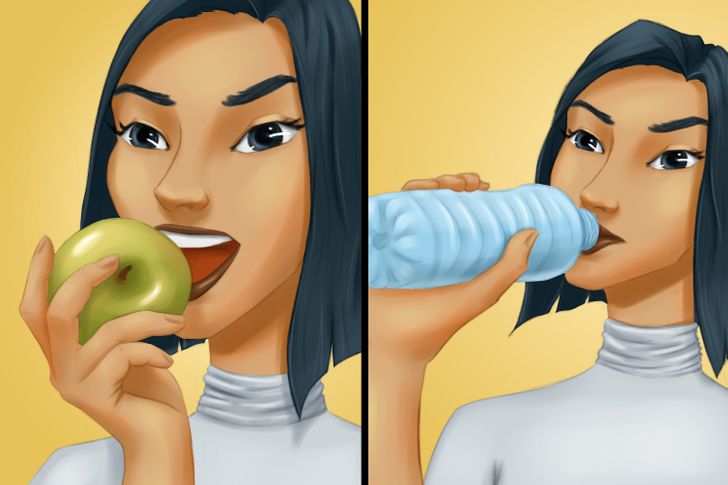
Tips for dry skin:
- Use products enriched with natural oils to soothe and soften your skin.
- Apply a daily moisturizing day cream with sun protection.
- Promote the health of your skin by eating a healthy diet and drinking 2 liters of water, daily. These can have a great impact on it.
Oily skin

If you’ve noticed that your face looks sort of shiny and produces more sebum than other skin types, you have oily skin. It’s a skin type that often also comes with open pores, which may or may not produce pimples or blackheads at some point.
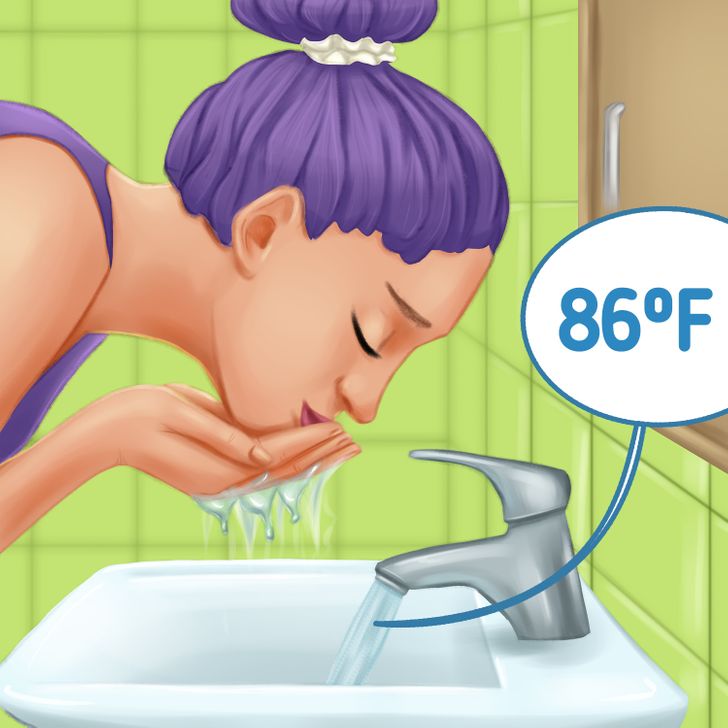
Tips for oily skin:
- Cleanse the skin twice a day with astringent and antibacterial products.
- For daily cleansing, use lukewarm water instead of hot or cold water.
- Apply only non-comedogenic skincare products.
- Use the type of makeup that doesn’t clog pores.
Combination skin

If you notice that parts of your skin, like around your cheeks or neck, for example, are normal or even dry, but the so-called “T” zone, which consists of your forehead, nose, and chin, are actually shiny and have pimples or blackheads like oily skin, you have combination skin.
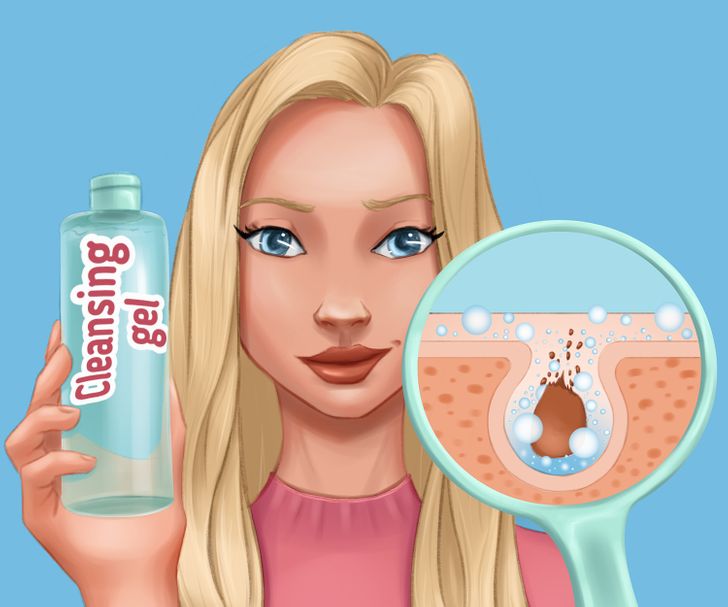
Tips for combination skin:
- Use products that are specifically designed for combination skin.
- Cleanse your skin thoroughly before using any types of facial care products or applying any makeup.
- Use lukewarm water to cleanse your face, and make sure it’s neither too hot nor too cold.
- Apply moisturizer for combination skin regularly.
Sensitive skin

If your face feels sort of tight, red, and itchy, as if someone was pulling your skin all the time, you may have sensitive skin. This type of skin is more susceptible to external factors, such as dry weather, extreme temperatures, or UV rays.
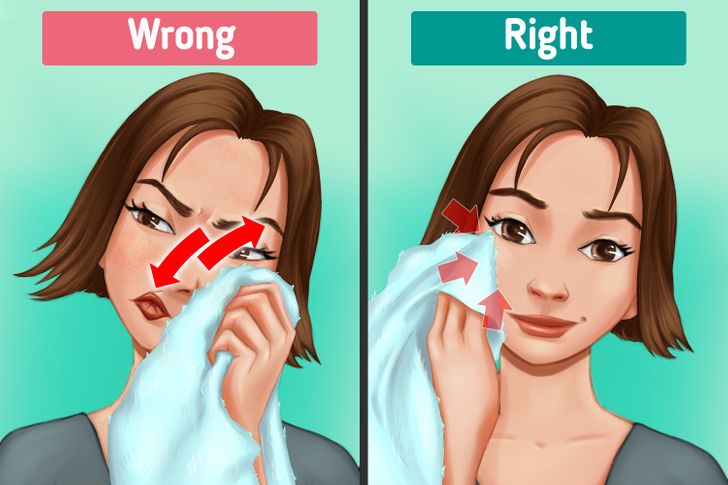
Tips for sensitive skin:
- After finishing your cleansing routine, dry your face gently with a towel and make sure you never rub vigorously, but instead, pat it dry with a towel.
- Use a protective cream to battle harmful environmental factors.
- Don’t use perfumed products to avoid irritating your skin.
- Don’t eat spicy foods.
Find out what your skin type is with these tests.

With this simple home test, you can find out what your skin type is. It’s as simple as observing its condition after cleansing. First, wash your face with a neutral cleanser, then gently pat it dry, as we mentioned previously in this article.
- If after 30 minutes you notice that your skin is shiny, it’s very likely that you have oily skin.
- If it feels tight and flaky, you probably have dry skin.
- If you see that the skin is shiny only on your forehead, nose, and chin (the “T” zone), you may have combination skin.
- If your skin feels comfortable and moisturized but not oily, it means your skin type is normal.
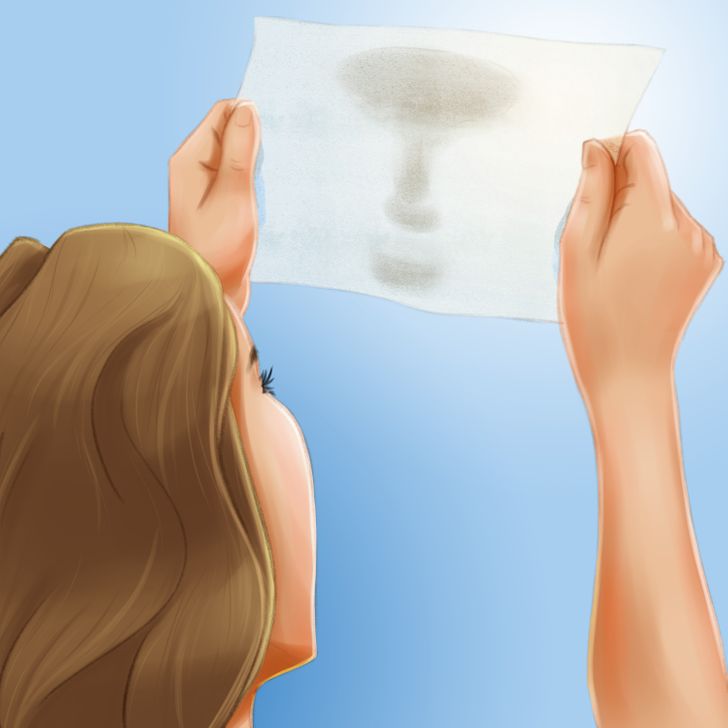
There’s a different way to test your skin type at home. This one makes it easier to spot oily skin by using absorbent paper towels. After washing your face with a mild cleanser, pat it dry and wait for 30 minutes. After that time, press the paper towel over the entire face and then expose it to direct light to check for oily spots.
- If the paper shows a lot of oil on all areas of your face, it means your skin is oily.
- If it absorbed little or no oil, you may have dry skin.
- If the sheet only shows a small amount of oil in the “T” zone (forehead, nose, and chin), then your skin is considered combination.
- If you only see a small amount of oil on all areas of your face, you probably have normal skin.